Uganda’s diverse ecosystems and varied safari experiences require thoughtful packing strategies that account for different environments, activities, and seasonal conditions. From the misty mountains of Bwindi Impenetrable Forest to the open savannas of Queen Elizabeth National Park, each safari type demands specific equipment and clothing considerations. Understanding what to pack for your particular Uganda safari adventure ensures comfort, safety, and optimal enjoyment of your wildlife encounters.
The “Pearl of Africa” offers an extraordinary range of safari experiences, each with unique packing requirements. Whether you’re tracking mountain gorillas through dense jungle, embarking on traditional game drives across savanna plains, or exploring primate habitats in tropical forests, proper preparation makes the difference between a memorable adventure and an uncomfortable struggle with inadequate gear.
Essential Universal Safari Items
Core Clothing Fundamentals
Regardless of your specific safari type, certain clothing items remain essential for all Uganda adventures. Neutral-colored clothing in khaki, olive, brown, or beige helps you blend into natural environments while avoiding colors that might disturb wildlife or attract insects.
Long-sleeved shirts and pants provide crucial protection from sun exposure, insect bites, and vegetation scratches. Lightweight, breathable fabrics with moisture-wicking properties ensure comfort during active safari days while providing necessary coverage.
Weather Protection Essentials
Uganda’s equatorial climate creates unpredictable weather patterns requiring comprehensive protection. A high-quality rain jacket and waterproof pants are essential, as sudden downpours can occur in any season and location.
Sun protection becomes critical at higher altitudes and during extended outdoor activities. Wide-brimmed hats, UV-protective sunglasses, and high-SPF sunscreen protect against intense tropical sun exposure that can quickly lead to sunburn and heat exhaustion.
Footwear Foundation
Sturdy, broken-in hiking boots form the foundation of comfortable safari experiences. Waterproof or water-resistant boots with good ankle support and aggressive tread patterns handle Uganda’s varied terrain from muddy forest paths to rocky volcanic slopes.
Comfortable walking shoes or sneakers provide options for less demanding activities, while lightweight sandals offer relief during downtime and camp relaxation periods.
Gorilla Trekking Safari Packing
Specialized Trekking Gear
Gorilla trekking in Bwindi Impenetrable Forest and Mgahinga Gorilla National Park requires specialized equipment designed for challenging jungle conditions. Waterproof hiking boots with excellent traction are absolutely essential, as forest floors are often muddy and slippery.
Gardening gloves or sturdy work gloves protect hands when grabbing vegetation for support during steep climbs and descents. The dense jungle requires frequent hand placement on thorns, branches, and rough bark.
Gaiters prevent mud, water, and debris from entering boots while protecting lower legs from thorns and stinging nettles common in gorilla habitat areas.
Forest-Specific Clothing
Long pants made from quick-dry material with reinforced knees handle the demanding conditions of gorilla trekking. Avoid cotton materials that retain moisture and become heavy when wet.
Layered clothing systems accommodate temperature variations from cool morning starts to warm midday conditions. Lightweight fleece or insulated jackets provide warmth at higher altitudes, while breathable base layers manage moisture during strenuous hiking.
Photography Equipment Protection
Gorilla trekking occurs in high-humidity environments with frequent rain, making camera protection crucial. Waterproof camera bags, lens cleaning cloths, and silica gel packets prevent moisture damage to expensive photography equipment.
Extra batteries and memory cards stored in waterproof containers ensure continued photography capability throughout the trek. Forest conditions drain batteries quickly due to temperature and humidity fluctuations.
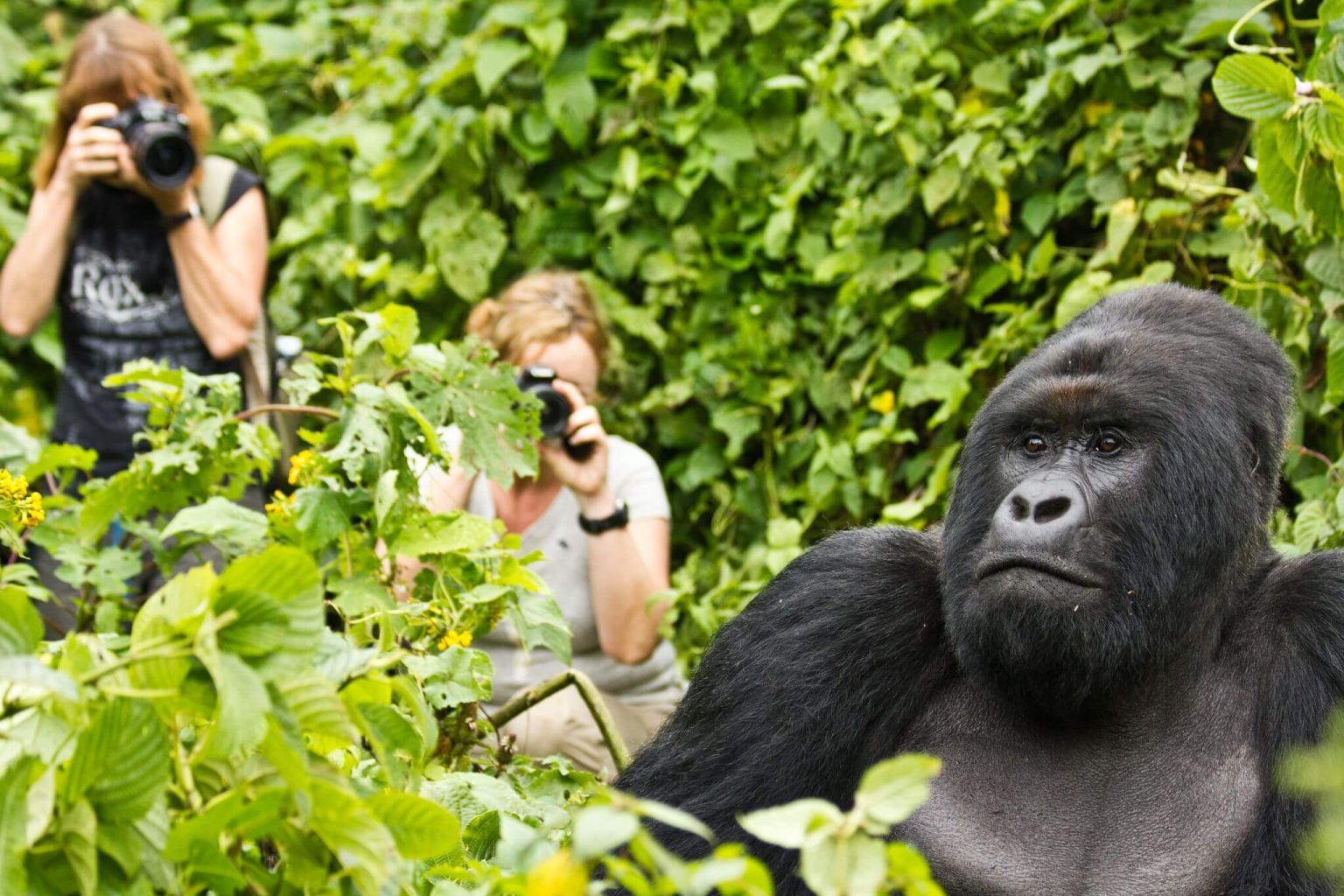
Comfort and Safety Items
Trekking poles or walking sticks provide stability and support during challenging terrain navigation. Many parks offer stick rentals, but personal poles ensure proper height adjustment and familiarity.
Insect repellent with high DEET concentration protects against mosquitoes, tsetse flies, and other biting insects common in forest environments. Natural repellents often prove inadequate for Uganda’s aggressive insect populations.
Small daypack or backpack carries water, snacks, camera equipment, and rain gear while leaving hands free for navigation and stability during trekking.
Traditional Game Drive Safari Packing
Savanna-Appropriate Clothing
Game drives in Queen Elizabeth, Murchison Falls, and Kidepo Valley National Parks require clothing adapted to open savanna conditions. Lightweight, long-sleeved shirts protect from sun exposure during extended vehicle time while allowing air circulation.
Convertible pants with removable legs provide flexibility for changing conditions throughout game drives. Morning coolness may require full coverage, while afternoon heat calls for shorts conversion.
Vehicle Comfort Considerations
Game drives involve extended periods in safari vehicles, making comfort-focused packing essential. Cushioned seat pads or small pillows reduce fatigue during long drives on rough roads.
Neck pillows and lightweight blankets provide comfort during early morning departures when temperatures are cooler. Many game drives begin before sunrise, requiring warm clothing for initial hours.
Photography and Observation Equipment
Binoculars enhance wildlife viewing and identification during game drives. Compact, lightweight binoculars with good magnification (8×32 or 10×42) provide optimal viewing without excessive weight.
Camera equipment for game drives requires telephoto lenses for distant wildlife photography. Lens cleaning equipment, extra batteries, and protective cases handle dusty savanna conditions.
Bean bag or camera support systems help stabilize telephoto lenses during vehicle-based photography. Many safari vehicles provide roof hatches for standing photography opportunities.
Sun and Dust Protection
Game drives expose participants to intense sun and dust conditions requiring specific protection. Buff or bandana protects neck and face from sun and dust while providing versatility for various uses.
Dust masks or bandanas help filter air during dusty road conditions common in dry season game drives. Saline eye drops provide relief from dust irritation.
Primate Tracking Safari Packing
Forest Navigation Gear
Chimpanzee tracking in Kibale Forest and other primate experiences require equipment similar to gorilla trekking but adapted for different forest conditions. Waterproof boots with excellent grip handle muddy forest paths and stream crossings.
Lightweight, quick-dry clothing allows for rapid movement through forest environments while providing protection from thorns and insects. Avoid loose-fitting clothing that catches on vegetation.
Specialized Primate Viewing Equipment
Binoculars become essential for primate viewing as animals often remain high in forest canopies. Compact binoculars with close-focus capability allow detailed observation of primate behavior.
Telephoto camera lenses help capture primate images in low-light forest conditions. Image stabilization features become crucial for handheld photography in dense forest environments.
Forest Safety and Comfort
Whistle or emergency signal device ensures communication with guides during forest activities. Dense forest can quickly separate group members, making signaling capability important.
First aid supplies including bandages, antiseptic, and pain relievers address minor injuries from thorns, falls, or insect bites common during forest activities.
Boat Safari and Water-Based Activity Packing
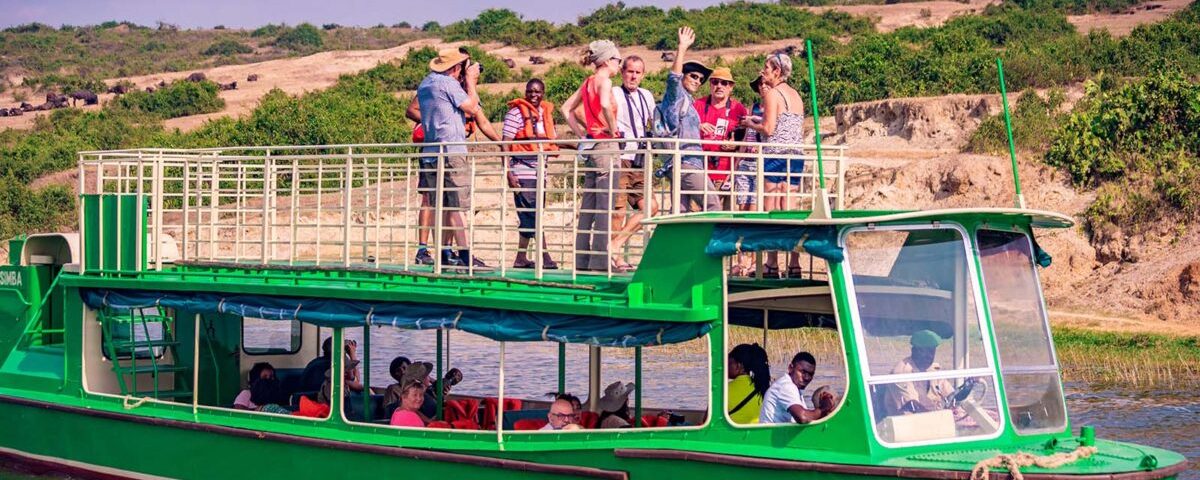
Water Activity Essentials
Boat safaris on Kazinga Channel, Nile River, and various Uganda lakes require specialized packing for water-based activities. Quick-dry clothing and swimwear provide options for various water activities.
Waterproof bags protect electronics, documents, and clothing from water exposure during boat activities. Multiple sizes accommodate different items and organization needs.
Sun Protection on Water
Water-based activities create intense sun exposure through reflection, requiring enhanced sun protection. High-SPF waterproof sunscreen, lip balm with UV protection, and wide-brimmed hats prevent sunburn.
Polarized sunglasses reduce glare from water surfaces while improving wildlife viewing and photography opportunities. Secure straps prevent loss during boat movement.
Photography on Water
Waterproof camera housings or cases protect photography equipment during boat safaris. Lens cleaning cloths and protective filters handle water spray and humidity.
Stabilization equipment becomes crucial for photography from moving boats. Gyroscopic stabilizers or image stabilization lenses improve photo quality during boat-based wildlife viewing.
Cultural Safari and Community Visit Packing
Respectful Clothing Choices
Cultural safaris and community visits require clothing that respects local customs and traditions. Conservative clothing covering shoulders and knees shows respect for local cultural values.
Comfortable walking shoes suitable for village paths and cultural sites ensure mobility during community interactions. Avoid expensive or flashy clothing that may create uncomfortable economic contrasts.
Gift and Interaction Items
Small gifts such as school supplies, medical items, or children’s toys facilitate positive community interactions. Research appropriate gifts that provide genuine value without creating dependency.
Notebooks and pens for documenting cultural experiences and contact information help maintain connections with community members and cultural guides.
Cultural Documentation Equipment
Camera equipment for cultural photography requires sensitivity to local customs regarding photography permissions. Respectful photography practices and appropriate permissions preserve cultural dignity.
Audio recording equipment helps document traditional stories, music, and cultural practices when appropriate permissions are obtained from community members.
Seasonal Packing Considerations
Dry Season Packing (June-September, December-February)
Dry season safaris require dust protection and sun-focused packing strategies. Lightweight, breathable clothing handles warm temperatures while protecting from intense sun exposure.
Moisturizing lotions and lip balms address dry air conditions common during dry seasons. Extra water bottles and electrolyte supplements prevent dehydration during extended outdoor activities.
Wet Season Packing (March-May, October-November)
Wet season adventures require comprehensive waterproof protection and quick-dry clothing options. Multiple layers accommodate temperature fluctuations and changing weather conditions.
Extra socks and undergarments stored in waterproof bags ensure dry clothing options when conditions become challenging. Waterproof boots become essential for muddy conditions.
Health and Safety Packing
Medical Essentials
A comprehensive first aid kit, including prescription medications, pain relievers, anti-diarrheal medication, and wound care supplies handles common safari health issues.
Malaria prevention medication and insect repellent protect against mosquito-borne diseases prevalent in Uganda’s tropical climate. Consult healthcare providers for appropriate prophylaxis.
Personal Hygiene and Comfort
Biodegradable soap and toiletries minimize environmental impact while maintaining personal hygiene during safari activities. Quick-dry towels provide comfort without excessive weight.
Hand sanitizer and wet wipes maintain cleanliness when water access is limited during extended safari activities.
Electronics and Technology Packaging
Power and Charging Solutions
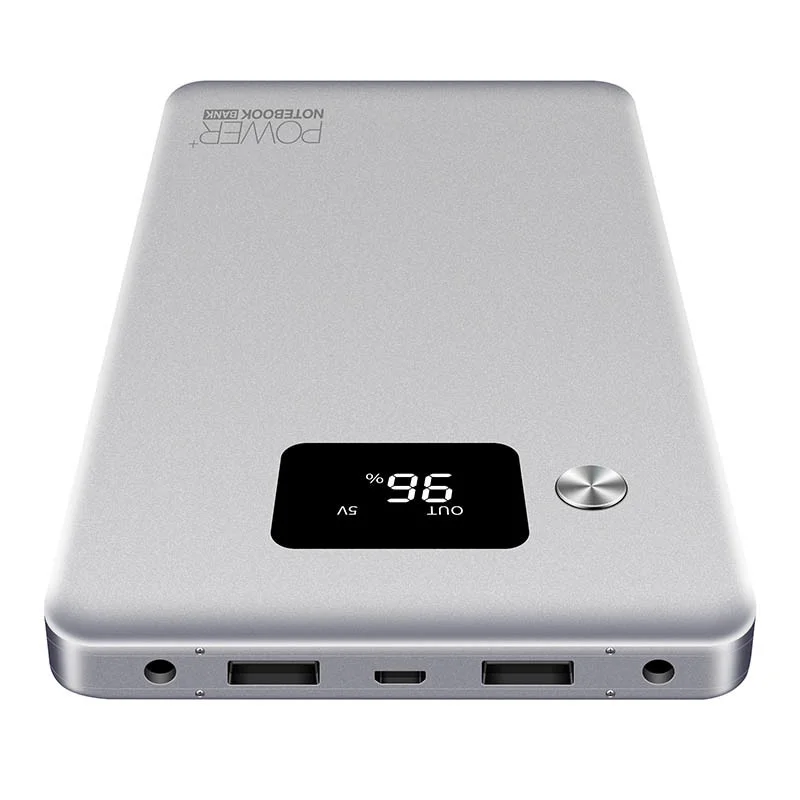 Portable power banks and solar chargers ensure electronic device functionality during extended safari periods. Multiple charging cables and adapters accommodate various device requirements.
Portable power banks and solar chargers ensure electronic device functionality during extended safari periods. Multiple charging cables and adapters accommodate various device requirements.
Universal power adapters handle Uganda’s electrical system variations. Power strips with multiple outlets help charge multiple devices simultaneously in lodges and camps.
Communication and Navigation
GPS devices or smartphone apps with offline maps provide navigation backup during safari activities. Emergency communication devices ensure safety contact capability in remote areas.
Luggage and Organization
Luggage Selection
Soft-sided duffel bags work better than hard-shell luggage for safari travel. Flexibility allows for easier packing in safari vehicles and aircraft with limited space.
Daypack or small backpack carries daily essentials during safari activities. Multiple compartments help organize items for quick access during wildlife encounters.

Organization Systems
Packing cubes and compression bags maximize luggage space while organizing different types of clothing and equipment. Waterproof stuff sacks protect critical items from moisture.
Budget-Friendly Packing Tips
Multi-Purpose Items
Choose items that serve multiple functions to reduce packing volume and weight. Sarongs function as towels, blankets, and privacy screens while taking minimal space. Quality over quantity approaches ensure that fewer, better items provide superior performance and durability during challenging safari conditions.
Rental and Local Purchase Options
Consider renting expensive items like high-quality binoculars or camera equipment in Uganda rather than purchasing items used infrequently. Local purchase of basic items like insect repellent, toiletries, and some clothing can reduce packing weight while supporting local economies.
Final Packing Checklist
Essential Items Review
Create comprehensive checklists for each safari type to ensure nothing important is forgotten. Review and adjust lists based on specific itinerary requirements and personal preferences.
Weight and Space Considerations
Consider airline baggage restrictions and safari vehicle space limitations when finalizing packing decisions. Prioritize essential items while minimizing unnecessary weight.
Documentation and Backup Plans
Copies of important documents, travel insurance information, and emergency contact details provide security during safari adventures. Store copies separately from originals.
Conclusion
Successful Uganda safari packing requires understanding the specific demands of different safari types while maintaining flexibility for varied conditions and activities. Proper preparation ensures comfort, safety, and optimal enjoyment of Uganda’s incredible wildlife and cultural experiences.
The key to effective safari packing lies in balancing comprehensive preparation with practical weight and space limitations. Quality equipment appropriate for specific safari types enhances experiences while inadequate gear can significantly impact comfort and safety.
Remember that Uganda’s diverse safari opportunities require adaptable packing strategies that accommodate everything from dense jungle trekking to open savanna game drives. Thoughtful preparation based on specific safari types ensures that your Uganda adventure focuses on incredible wildlife encounters rather than equipment challenges or comfort issues.
Uganda’s welcoming communities, incredible wildlife, and diverse ecosystems reward well-prepared visitors with unforgettable experiences. Proper packing forms the foundation for safari success, allowing you to fully immerse yourself in the magic of Africa’s Pearl while maintaining comfort and safety throughout your adventure.
Are you planning a safari in Uganda alone, as a couple, family or small group? We at Uganda Car Rental Services will be more than delighted to offer you a well-serviced 4×4 car in Uganda for self drive or driver-guided adventure into the national parks and remote regions of the country. Contact us now by sending an email to info@ugandacarrentalservices.com or calling +256-700135510 to speak with the reservations team.

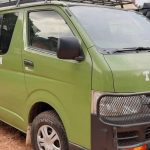

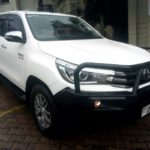

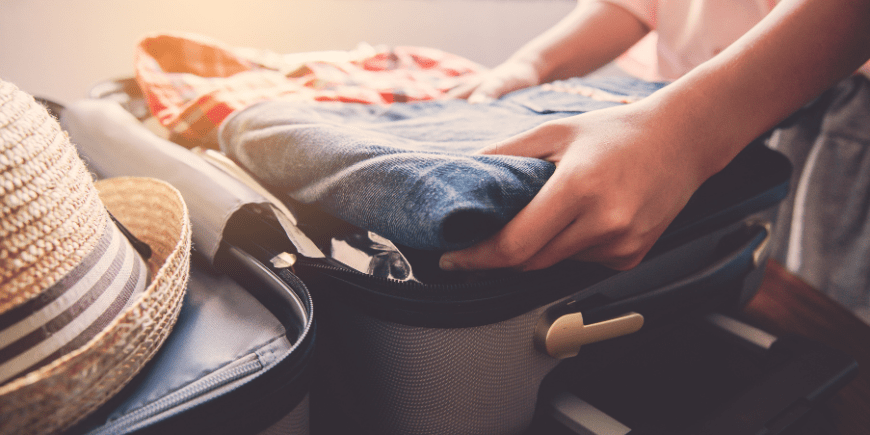
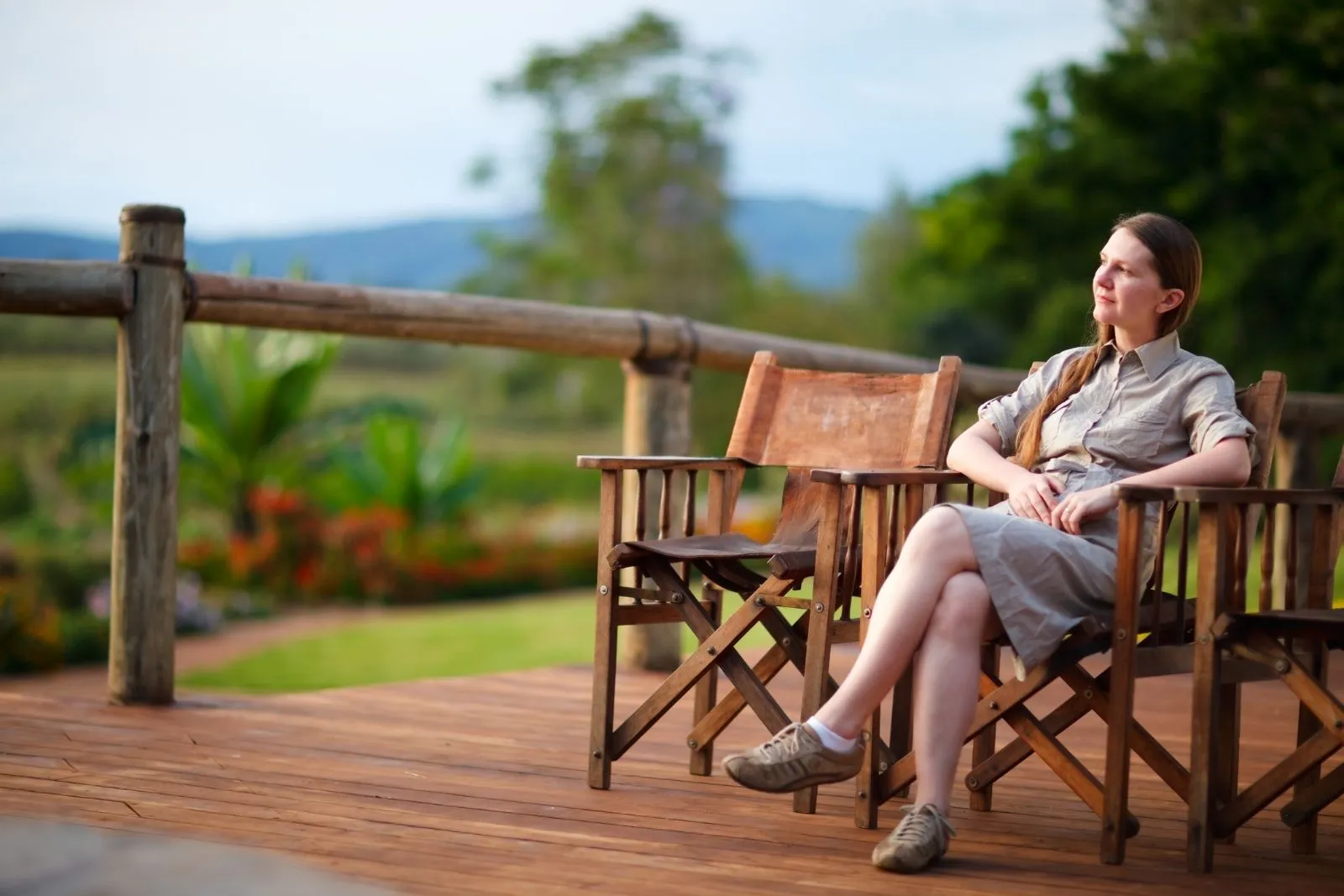
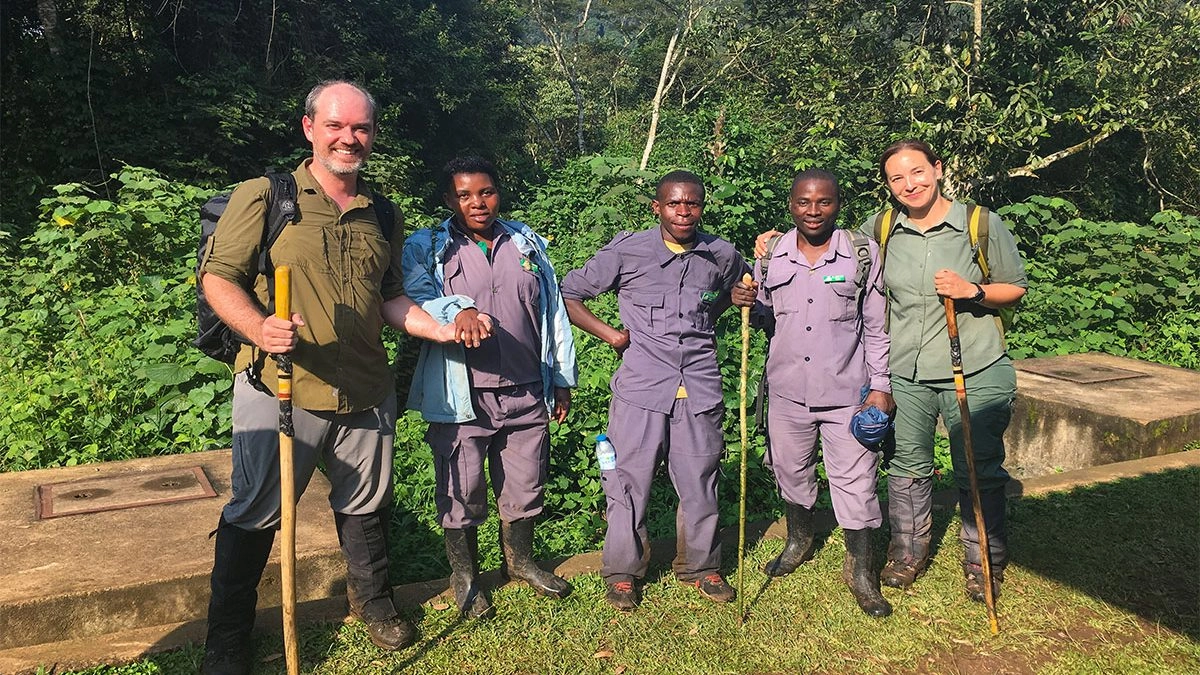
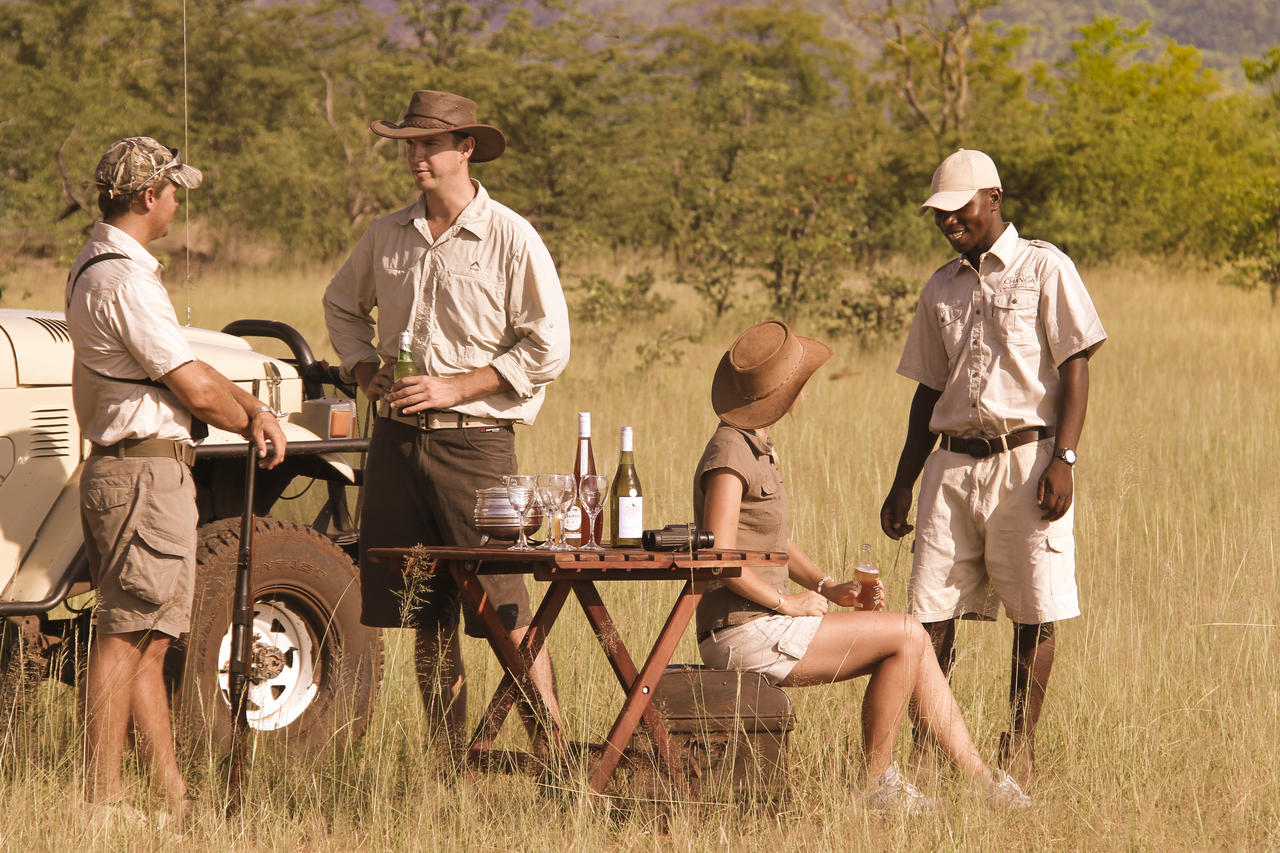
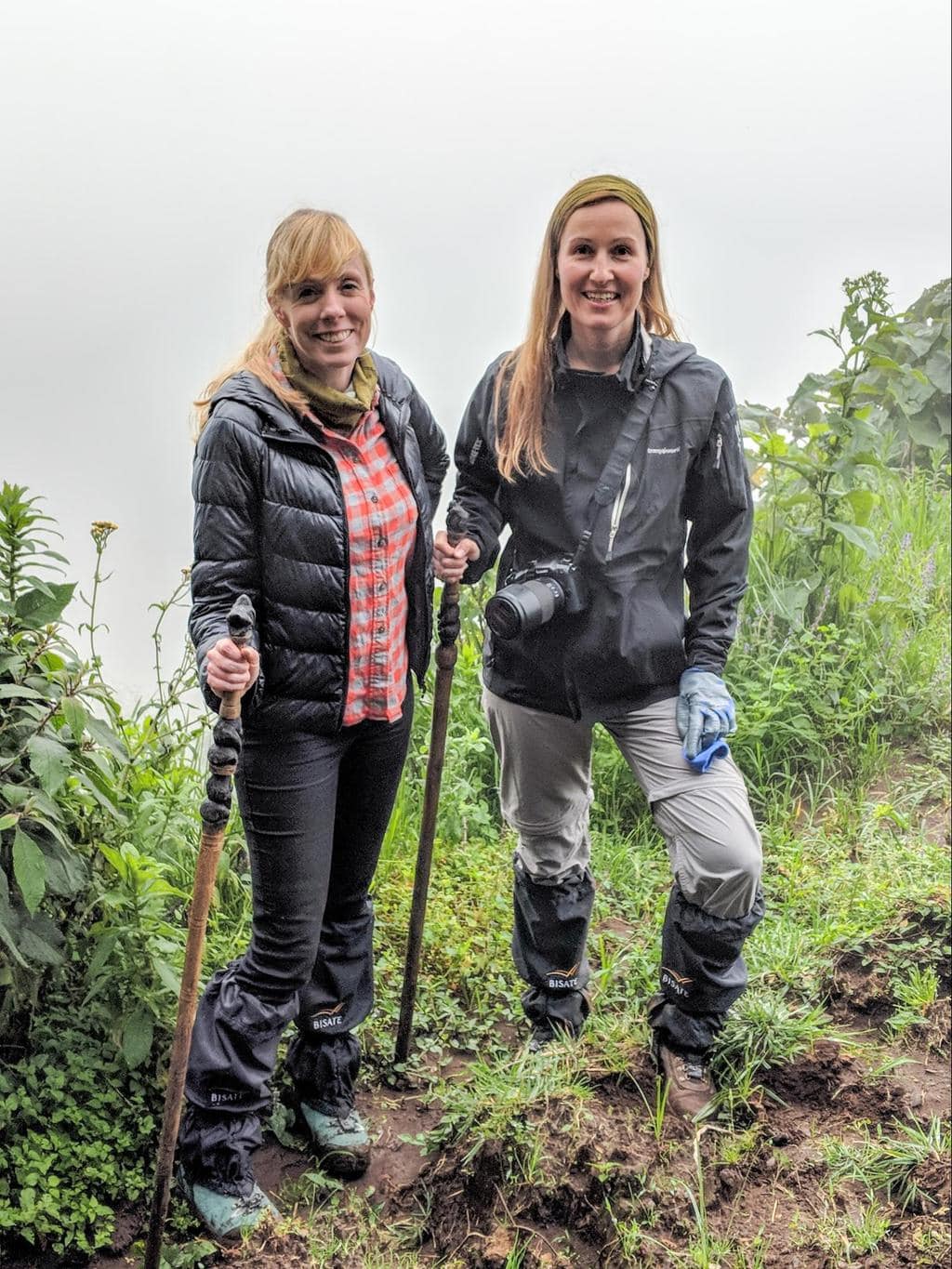
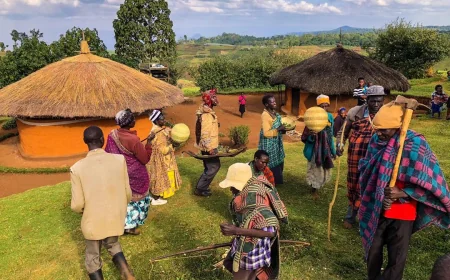

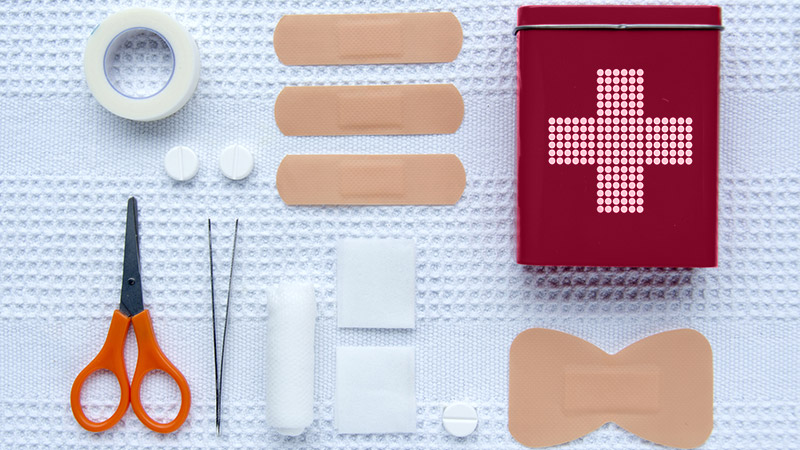
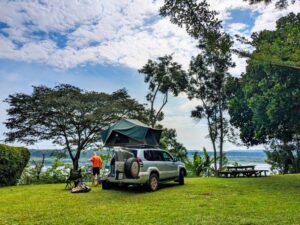

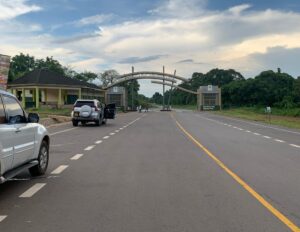
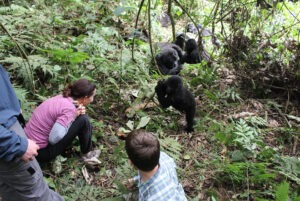
Related Articles
Best Time to Visit Uganda for Safaris: Month-by-Month Guide
Why Choose a 4×4 Car Rental in Uganda for Your Safari Trip
Cheap Car Rental Uganda: Save Money Not Sacrificing Quality